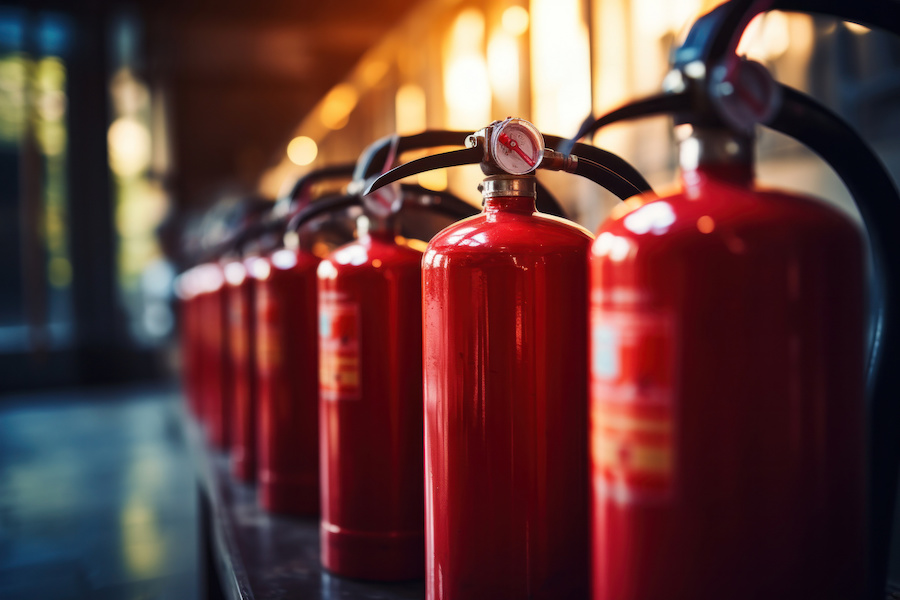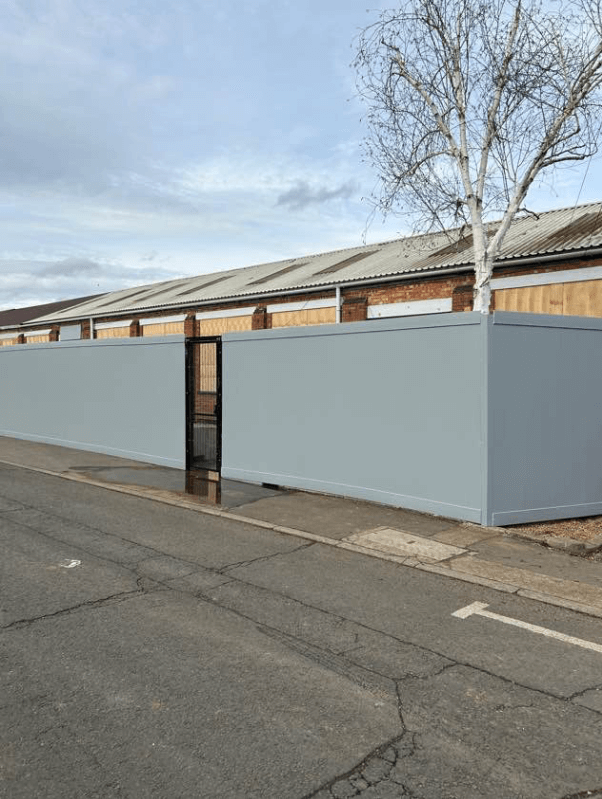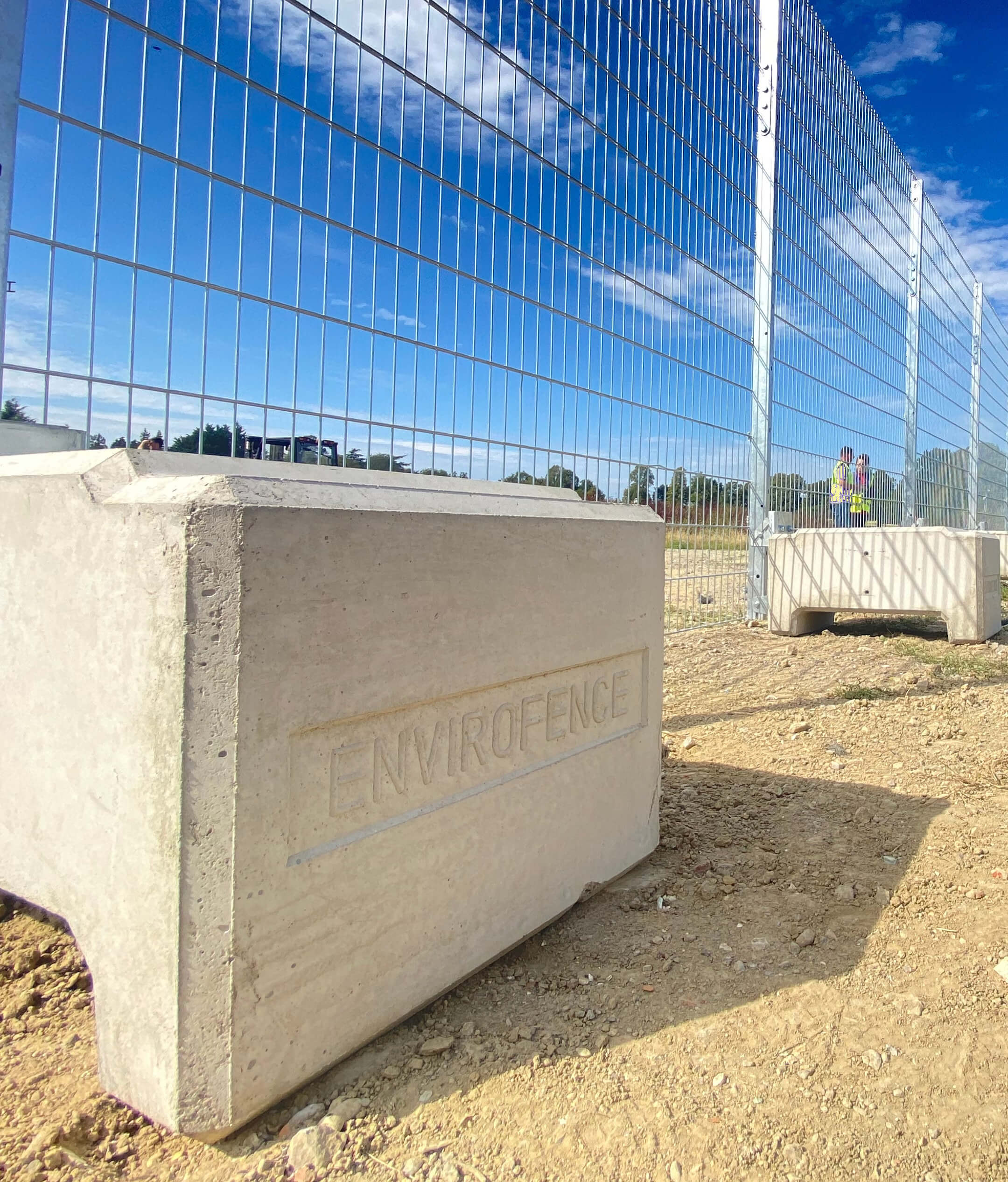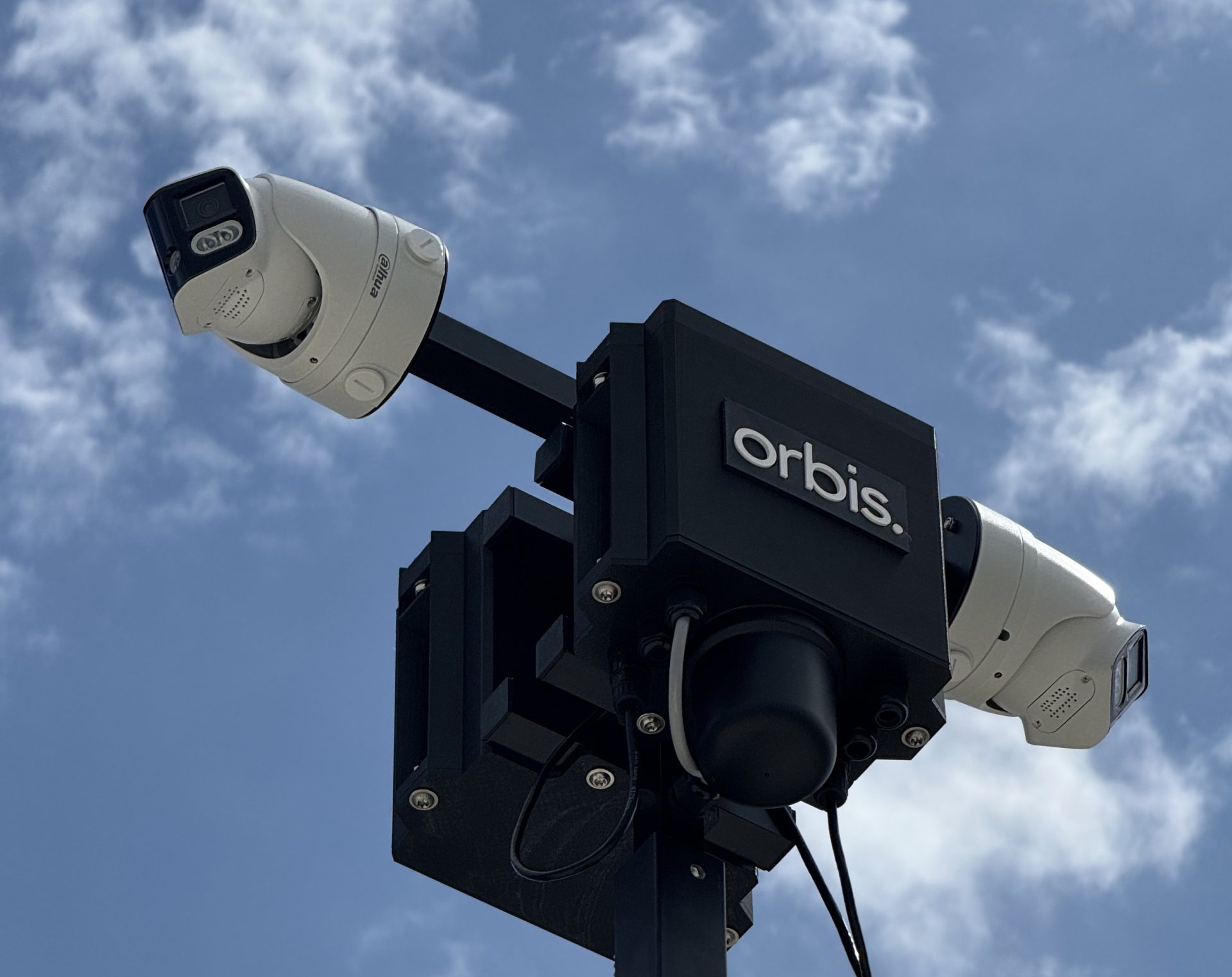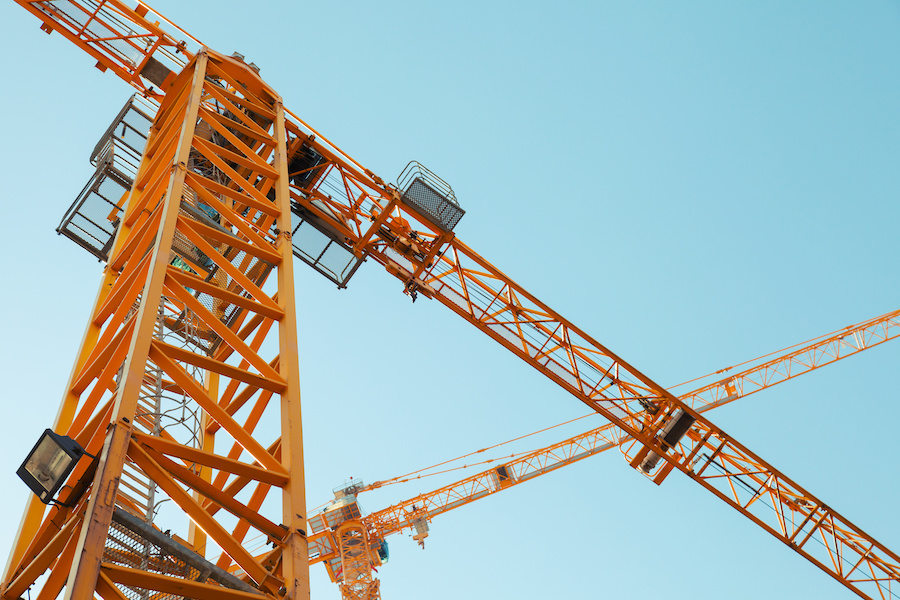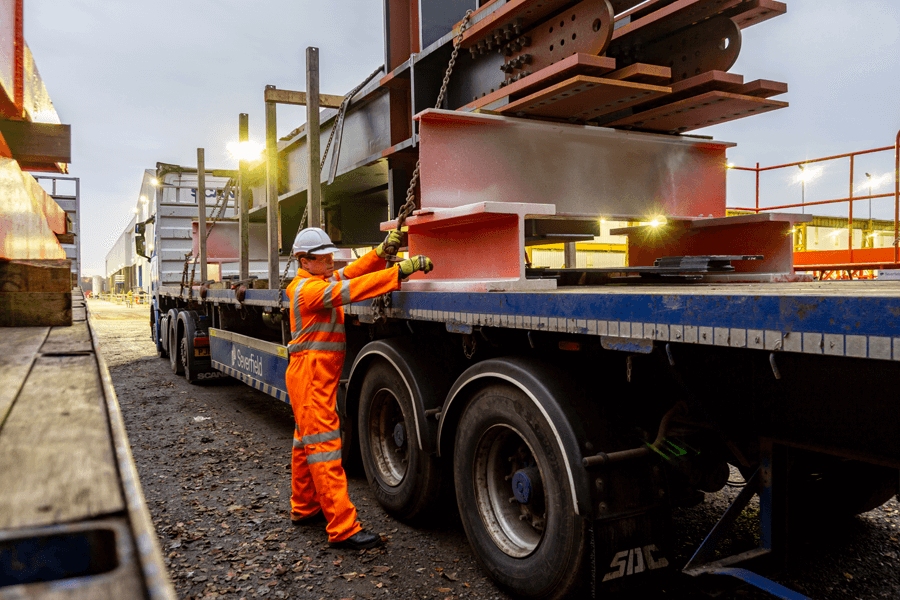Construction sites face an elevated fire risk compared to completed buildings. With ongoing construction work, temporary electrical installations, combustible materials, and multiple contractors working simultaneously, the potential fire hazards are considerable.
Understanding construction site fire safety isn’t just about regulatory compliance—it’s about protecting lives, safeguarding valuable assets, and avoiding costly project delays.
Why construction sites are high risk for fire
Construction sites present a perfect storm of fire hazards.
Hot work such as welding and cutting generates sparks near flammable materials. Temporary electrical systems may have electrical faults that go unnoticed. Building materials including structural timber, waste materials, and timber frame structures provide abundant fuel for fires.
Add in flammable liquids, flammable gases, and portable heaters, and you have a high risk environment that demands rigorous fire prevention measures.
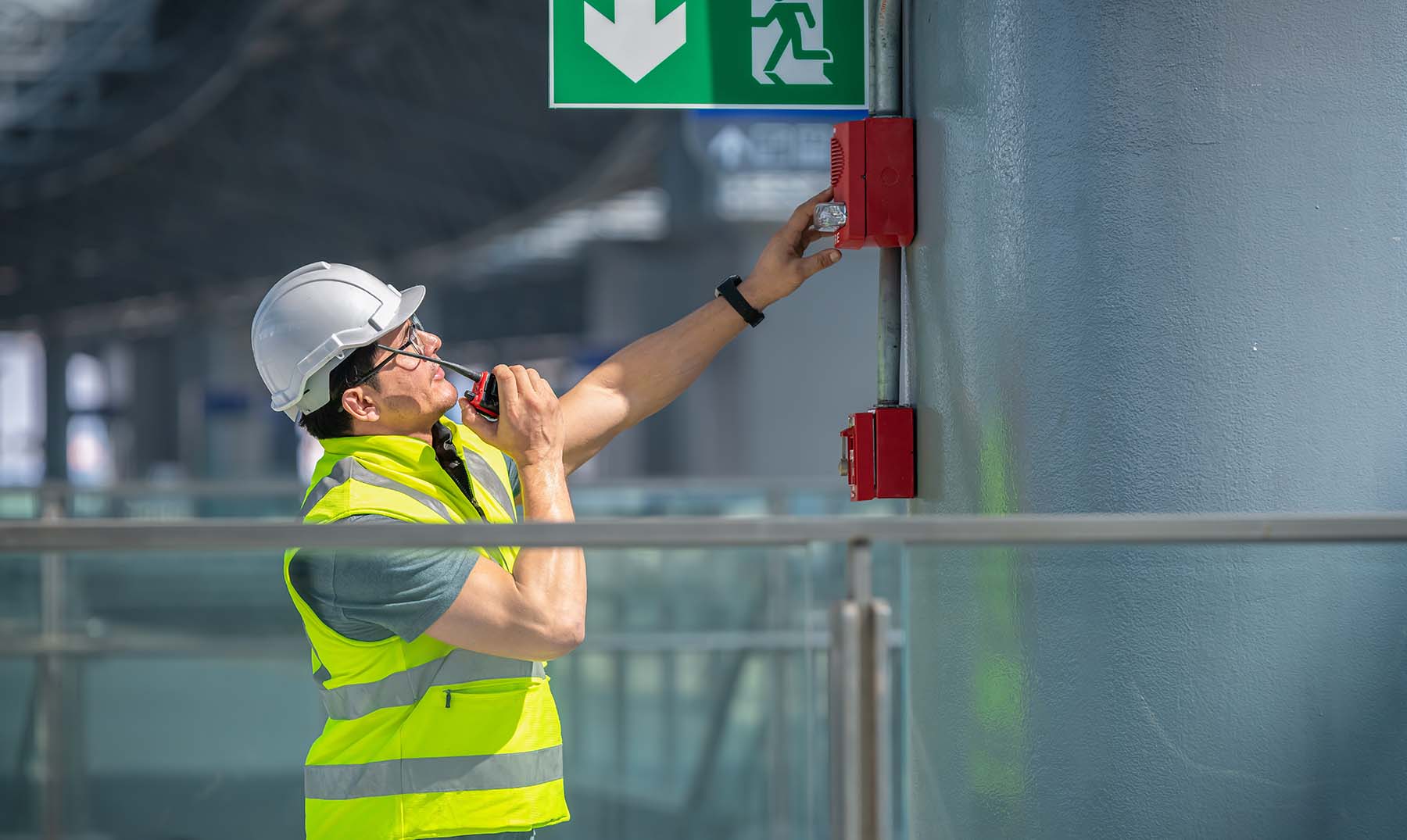
Understanding your legal obligations
Fire safety legislation for construction sites is governed by several key regulations. The Regulatory Reform (Fire Safety) Order 2005 requires the principal contractor to conduct a fire risk assessment and implement appropriate fire safety measures throughout the construction phase.
This includes ensuring adequate means of escape, fire exits, emergency lighting, and fire safety equipment are in place and maintained.
A thorough fire risk assessment must identify:
- All ignition sources on site
- Combustible materials and flammable substances
- Areas of high risk requiring additional controls
- Emergency procedures and escape routes
- Required fire safety equipment including fire extinguishers and fire detectors
The assessment should be reviewed regularly as work processes change and different construction phases introduce new risks.
Who is the responsible person for fire safety on a construction site?
Under CDM Regulations, the principal contractor is the responsible person. They must conduct fire risk assessments, implement fire safety regulations, and ensure all personnel understand emergency procedures and exit routes throughout the construction phase.
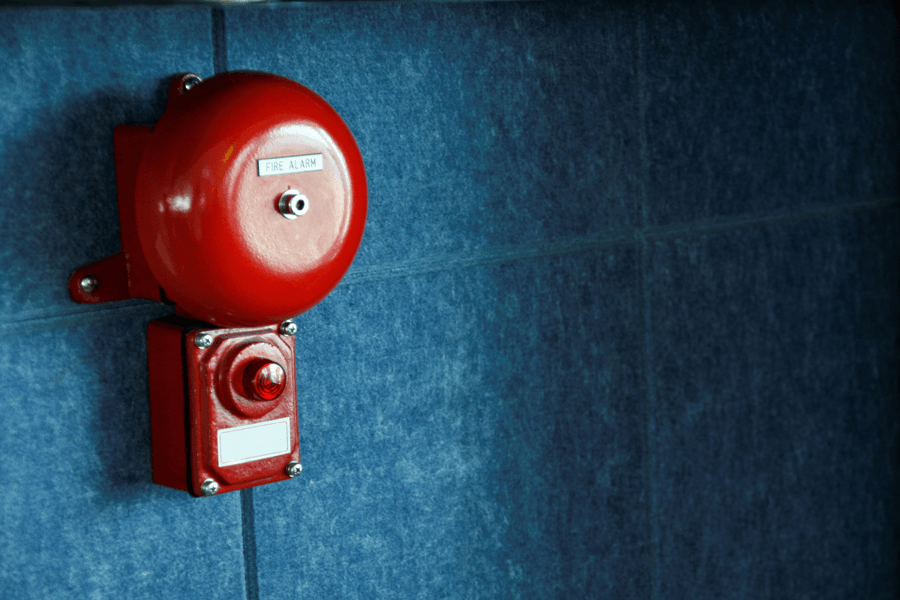
Fire hazards specific to construction
Hot work and ignition sources
Hot work remains one of the primary causes of construction site fires. Welding, grinding, and flame-cutting operations generate sparks that can travel considerable distances and ignite waste materials or flammable gases hours after work has finished.
Hot work permits are essential. These should detail the specific location, duration, fire watch requirements, and fire prevention measures needed. A designated fire watch should continue for at least 60 minutes after hot work completion to identify any smouldering materials.
Temporary electrical systems
Temporary electrical installations are notorious for causing construction fires. Overloaded circuits, damaged cables, and improper connections create electrical faults that can lead to serious fires.
All electrical systems should be installed by qualified electricians and regularly inspected. Portable appliance testing should be conducted on all equipment, and residual current devices (RCDs) must be fitted to provide protection against electrical faults.
Combustible and flammable materials
Building materials such as structural timber, insulation, and temporary coverings create substantial fire loads.
Flammable liquids and gases must be stored in designated, well-ventilated areas away from ignition sources. Storage areas should be clearly marked and secured to prevent unauthorised access.
Panthera’s SiteEvac™: Advanced Fire Safety Technology for Construction Sites
When it comes to protecting your construction site from fire, Panthera’s SiteEvac™ system delivers purpose-built solutions. Our wireless fire alarm systems include smoke and heat detectors with 85-decibel sounders, providing 24/7 monitoring across your entire site.
The SiteEvac™ Fire Call Points feature powerful 110-decibel alarms and bright LED beacons to alert all personnel immediately in case of fire. What sets our system apart is the intelligent integration—SiteEvac™ Control Panels record detailed event logs and timestamps, providing essential data for compliance and incident investigation.
These panels can monitor up to 480 devices simultaneously and send real-time SMS alerts to designated site managers for immediate response. The system also integrates with our access control turnstiles, automatically switching them to free-spin mode during evacuation to ensure swift, safe exit for your entire workforce.
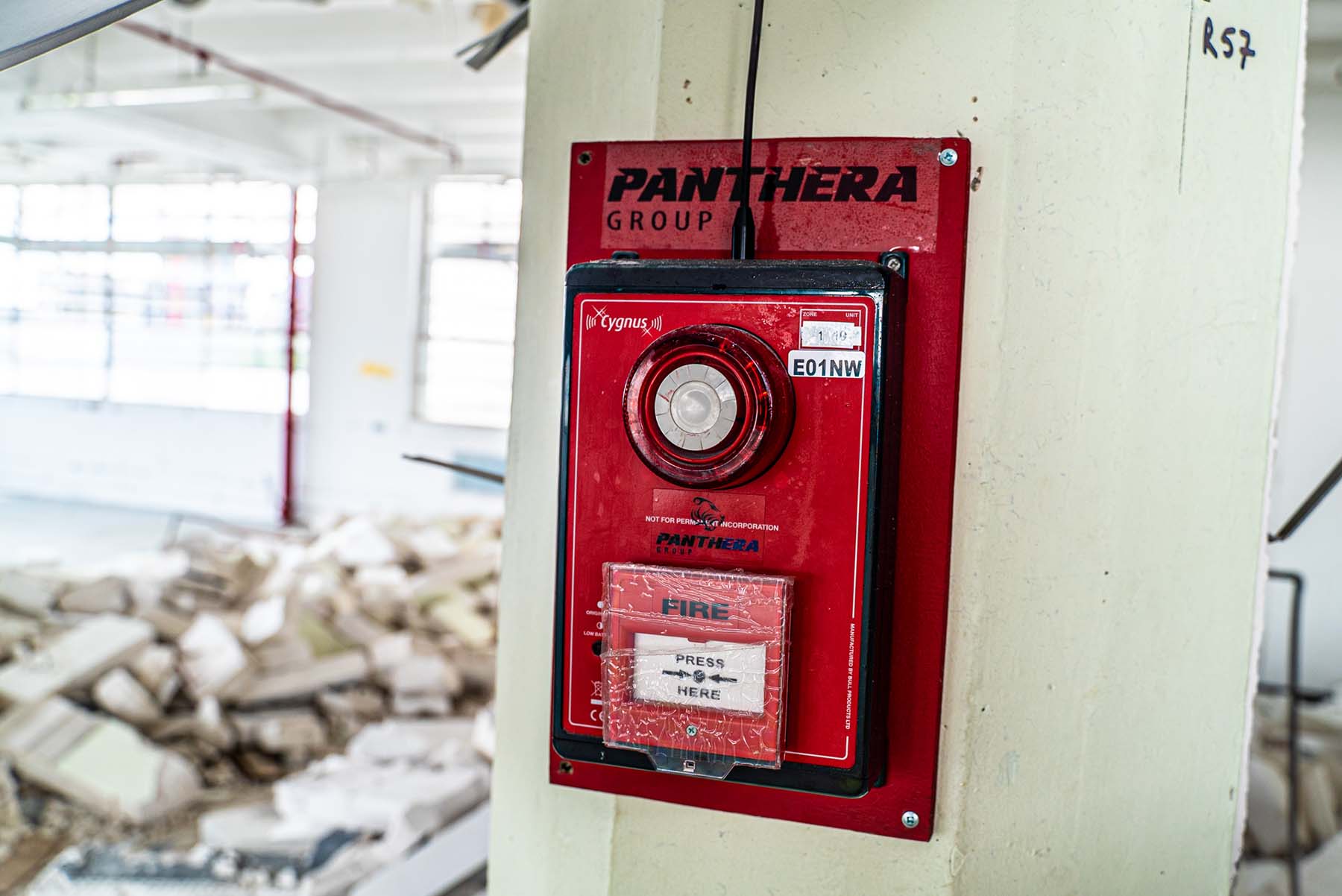
Construction site fire safety equipment that’s built to last
Built specifically for the harsh conditions of construction work, all SiteEvac™ equipment is weatherproof, durable, and designed for quick installation without permanent fixing. We also provide fully equipped Fire Safety Stations containing essential firefighting equipment in secure, weatherproof cabinets positioned at strategic locations across your site.
With optional 24/7 monitoring services and the ability to scale from small developments to major projects, SiteEvac™ offers construction-specific fire safety that adapts to your needs at every phase of the build.
How far should fire extinguishers be positioned on construction sites?
General fire safety guidance recommends maximum travel distances of no more than 30 metres to reach fire extinguishers. Class A extinguishers for combustibles and dry powder types for electrical equipment should cover all high-risk areas.
Site management best practices
Effective site management is crucial for maintaining construction site fire safety:
Housekeeping
Remove waste materials daily. Accumulations of packaging, offcuts, and general rubbish significantly increase the risk of fire and help fires spread rapidly.
Smoking policy
Designate designated smoking areas away from combustible materials and flammable substances. Enforce strict no-smoking policies in all other areas.
Hot work controls
Implement a robust hot work permit system. Ensure portable heaters are positioned safely with adequate clearance from combustible materials.
Regular inspections
Conduct daily visual inspections of high risk sites and work areas. Check that fire exits remain accessible, fire safety equipment is in place and undamaged, and electrical installations show no signs of damage or overloading.
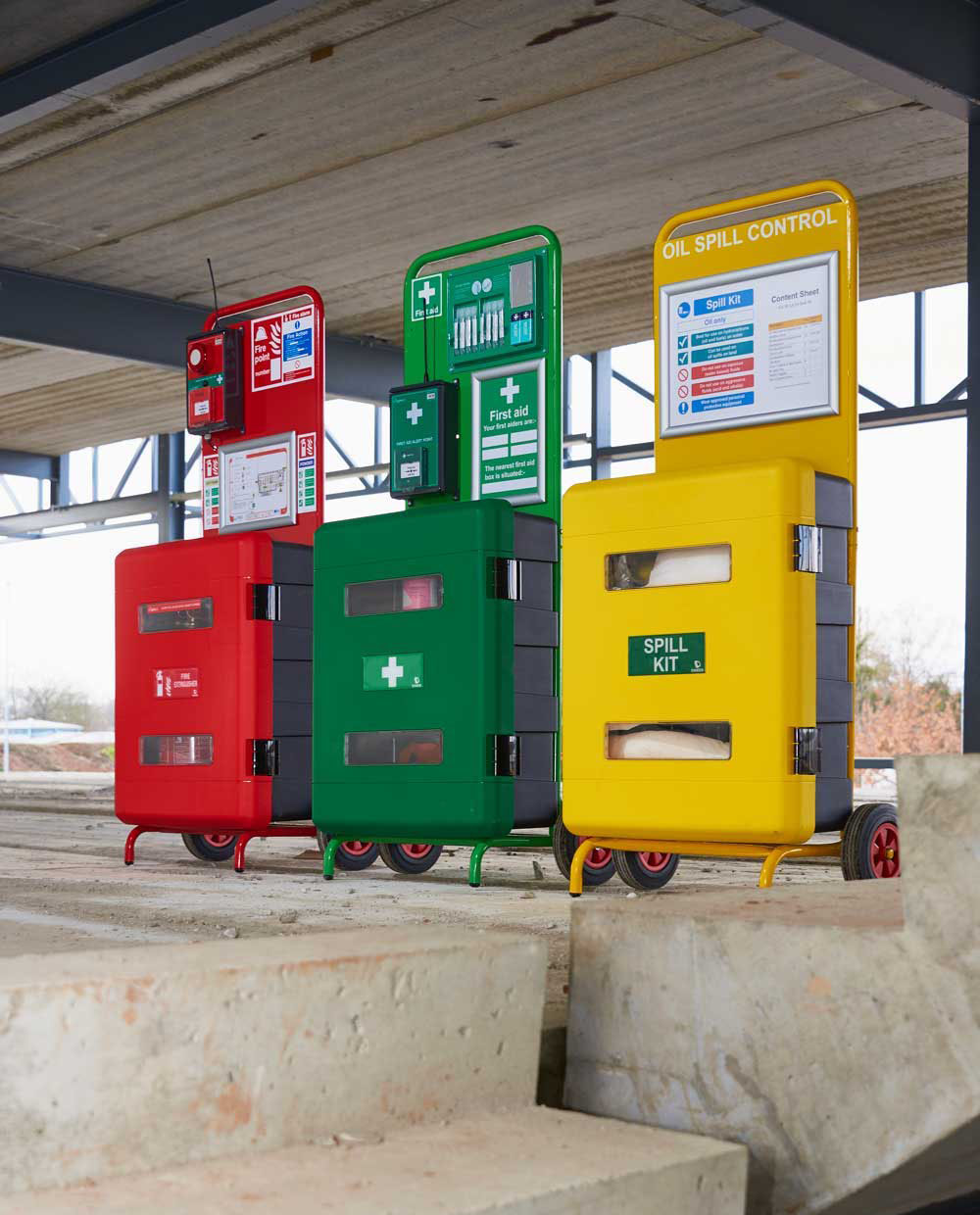
Protect your construction project with Panthera Group
Effective construction site fire safety requires the right combination of equipment, planning, and expertise. Our services integrate with broader site security solutions including CCTV, access control, and temporary electrical installations—all managed through a single point of contact for maximum efficiency.
Don’t leave fire safety to chance. Contact Panthera Group today for a free consultation and quote. Complete our online contact form, call 0345 165 1234, or email enquiries@pantheragroup.com to discuss your construction site fire safety requirements.
Your project’s safety starts with the right partner. Choose Panthera Group for expert fire safety solutions that protect what matters most.
